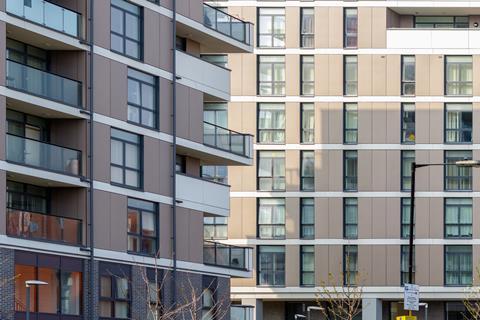Centre for London report says viability experts are needed in complex s106 negotiations
Local planning authorities in London would benefit from having a “flying squad” of viability experts, who can provide specialist advice during “fraught” s106 viability negotiations, a report on solving London’s housing crisis has found.

The Centre for London report, Homes fit for Londoners: solving London’s housing crisis, noted the difference in resources available to developers and planning authorities when negotiating contributions.
The report said that the disparity is particularly marked on smaller schemes, where the Greater London Authority (GLA) is not involved.
According to the report, published on 7 December, a ‘flying squad’ of viability experts, shared between London boroughs, would help local authorities when they are faced with difficult s106 negotiations and help to maximise affordable housing numbers.
The viability experts could be funded by an increase in planning fees to fund a pot shared between the boroughs, the report suggests.
Developers conduct viability assessments to ensure the profitability of a housing development.
In the 2012 National Planning Policy Framework (NPPF), viability is defined as ‘competitive returns’, which the industry and the planning system understand to mean at least a 20% profit margin.
This is sometimes referred to as the “viability loophole”, which enables developers to reduce the amount of affordable homes they deliver through s106, if they have viability concerns about the scheme.
The report notes that in some cases developers overpaid for land to negotiate down their affordable housing contributions.
In 2018, local and national guidance was changed to prevent developers from using prices paid for land to negotiate down affordable housing numbers.
On institutional investment, the report states that despite growth in this financing model, some uncertainty remains among investors, local authorities and housing associations about the risks involved in this type of investment.
Impact Investing Institute research from 2021 found that “around 70 per cent of capital raised by Private Registered Providers to invest in social and affordable housing is from private (predominantly debt) financing sources, up from 30-40 per cent in the 2000s”.
There has also been an increase in the number of homes owned by for-profit registered providers, from 14,000 in 2020-21 to 29,000 in 2022-23.
See also >> London housing leaders call for £2.2bn in extra funding to avert delivery slowdown
See also >> Parliamentarians launch review of how to improve section 106 system
From an investment perspective, it is noted that government rate-setting regimes make rents less susceptible to market fluctuations.
However, to increase certainty about the returns on investments in affordable housing, the report suggests that the government should set rents in the social sector for 10 years at a time.
The report was sponsored by Legal & General Affordable Homes, with the G15, the London Housing Directors Group, and the London Legacy Development Corporation as supporting sponsors.











No comments yet